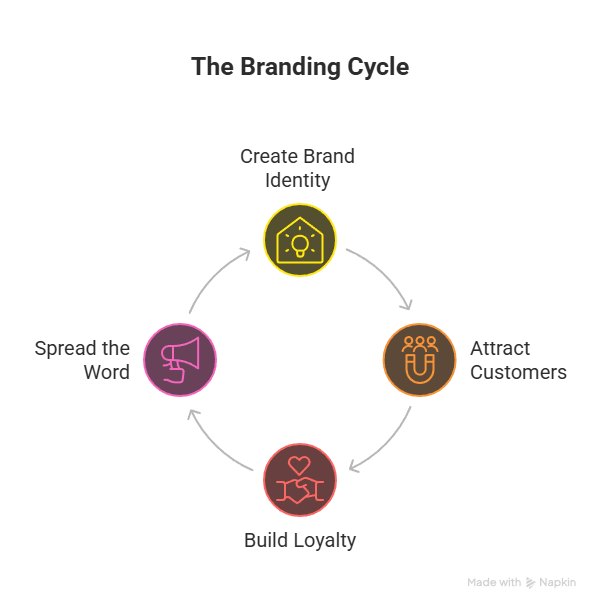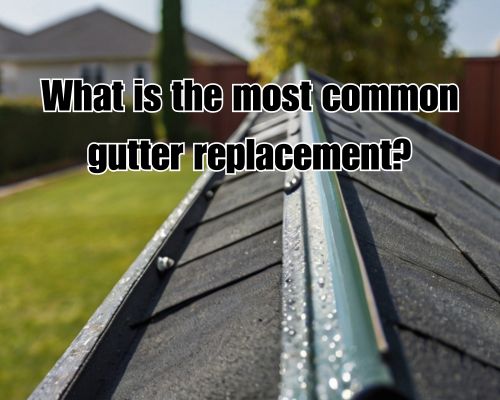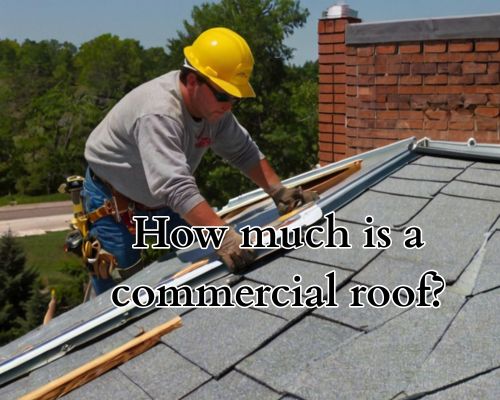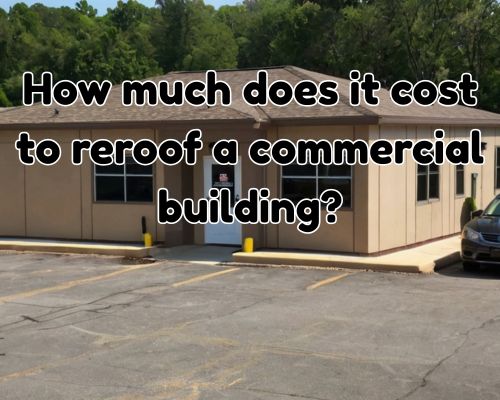In the heart of West Palm Beach, Florida, where the subtropical climate brings intense sun, heavy rainfall, and salty ocean breezes, homeowners often look for long-term solutions to preserve the integrity and appearance of their homes. One question that frequently comes up is: “Is painting a metal roof a good idea?” The answer is a resounding yes—but only when done correctly.

Painting a metal roof offers multiple benefits, especially for homes in South Florida. From enhancing curb appeal to improving energy efficiency and extending roof life, the practice can be a smart investment. But as with any home improvement decision, it’s crucial to understand the why, how, and when—particularly in a location like West Palm Beach with its unique environmental demands. Let’s get into it with David Spade of Star Roofing.
The Advantages of Painting a Metal Roof in South Florida
1. Extended Roof Lifespan
Metal roofs are already known for their durability, often lasting 40–70 years. However, exposure to UV radiation, salt air, and humidity—all of which are prevalent in Palm Beach County—can cause the factory-applied finish to degrade over time. A fresh coat of high-quality paint, such as a Kynar 500® or fluoropolymer-based coating, adds a protective layer that resists corrosion and slows down wear.
2. Improved Energy Efficiency
In hot, sunny regions like West Palm Beach, roof color and reflectivity matter. Cool roof coatings, specifically reflective elastomeric paints, can reduce surface temperatures by up to 50°F. This translates to significant energy savings, especially during Florida’s blistering summers when air conditioning usage peaks. Choosing lighter colors such as cool white, light gray, or pastel green enhances solar reflectance and reduces thermal absorption.
3. Aesthetic Versatility
Over time, even the most stylish metal roofs fade or become outdated. Painting offers homeowners a chance to match the roof to evolving exterior design trends or HOA guidelines common in communities like Ibis Golf & Country Club or The Villages of Palm Beach Lakes. Custom color choices also allow for creative architectural expression.
Key Considerations Before Painting Your Metal Roof
1. Type of Metal
The success of your repainting project hinges on the type of metal used. Galvanized steel, aluminum, and Galvalume® roofs each require different preparation and paint types. For example, Galvalume requires specialized primers to ensure proper adhesion and avoid premature peeling.
2. Surface Preparation
In Florida’s climate, mildew, salt, and oxidized paint are common. Proper preparation—including power washing, chemical cleaning, and rust treatment—is essential to ensure a smooth, lasting finish. Professionals often use products like trisodium phosphate (TSP) or Rust-Oleum® Marine Metal Primer as part of the prep process.
3. Climate Timing
Weather conditions in West Palm Beach affect when the job should be scheduled. The dry season (November to April) offers optimal conditions with lower humidity and fewer rain delays. Attempting to paint during summer’s afternoon thunderstorms or hurricane season is risky and could compromise results.
The Cost of Painting a Metal Roof in West Palm Beach
What to Expect
The average cost to paint a metal roof in Florida ranges between $1.50 and $3.00 per square foot, depending on the roof’s size, pitch, material condition, and access difficulty. For a standard 2,000 sq ft home in West Palm Beach, the total project may cost between $3,000 to $6,000.
Factors influencing cost:
- Roof complexity and steepness
- Number of coating layers required
- Paint quality (reflective vs. standard)
- Local labor rates
Tip: Look for licensed and insured contractors in the West Palm Beach area who specialize in metal roof restoration, such as those certified by the Florida Roofing and Sheet Metal Contractors Association (FRSA).
DIY vs. Professional Painting: What’s Better?
While it may be tempting to treat this as a DIY project, there are several reasons to go pro in Palm Beach County:
- Safety Concerns: Roof work is dangerous, especially on steep or slippery metal surfaces.
- Product Knowledge: Professionals understand how to select primers and paints compatible with the metal type and existing coating.
- Warranty Protection: Many roofing manufacturers require certified labor for warranty preservation.
Hiring a trusted local contractor, see David Spade of Star Roofing, ensures your project meets regional codes, including Palm Beach County Building Division standards.
Environmental Benefits and HOA Compliance
In a region known for green initiatives and LEED-certified buildings, reflective metal roof coatings can contribute to lower urban heat island effects. Many neighborhoods, including Downtown West Palm Beach, have sustainability goals that favor such upgrades.
Before proceeding, homeowners should also check with their Homeowners’ Association (HOA) to confirm approved color palettes and roof alteration policies. Painting a roof could require ARC (Architectural Review Committee) approval, especially in gated communities.
Common Mistakes to Avoid
- Skipping Primer: Even the best paint won’t stick without a compatible primer.
- Ignoring Rust: Painting over corrosion only masks deeper structural problems.
- Using Interior Paint: Only use exterior-grade, UV-stable coatings.
- Applying Paint in High Humidity: Paint can bubble or peel if applied during a humid day, which is common in Florida’s summers.
Local Insight: What West Palm Beach Roofers Say
Professionals in the West Palm Beach roofing community note a rise in demand for painted metal roofs—particularly post-COVID, as homeowners invest in long-term property improvements. Local roofing companies report that metal roof painting is often paired with gutter system upgrades or solar panel installations to maximize home efficiency and value.
Local company owner, Mike R., from Palm Beach Roofing Solutions, adds:
“In this climate, an uncoated metal roof will age faster than most think. A quality paint job gives homeowners 10–15 more years before a full replacement becomes necessary.”
Final Verdict: Is It Worth It?
So, is painting a metal roof a good idea for homeowners in West Palm Beach, Florida?
Yes—if done professionally, with the right materials, and under the right conditions.
Painting not only preserves and beautifies your investment, but also helps homes better withstand the intense South Florida climate. Add to that the energy savings and local curb appeal benefits, and it’s clear that this is one upgrade where style meets substance.
Call to Action
🏠 Ready to refresh your metal roof?
Reach out to certified West Palm Beach roofing contractors to get a free consultation. Ask about cool roof coatings, warranties, and how your project could boost energy efficiency and home resale value.








